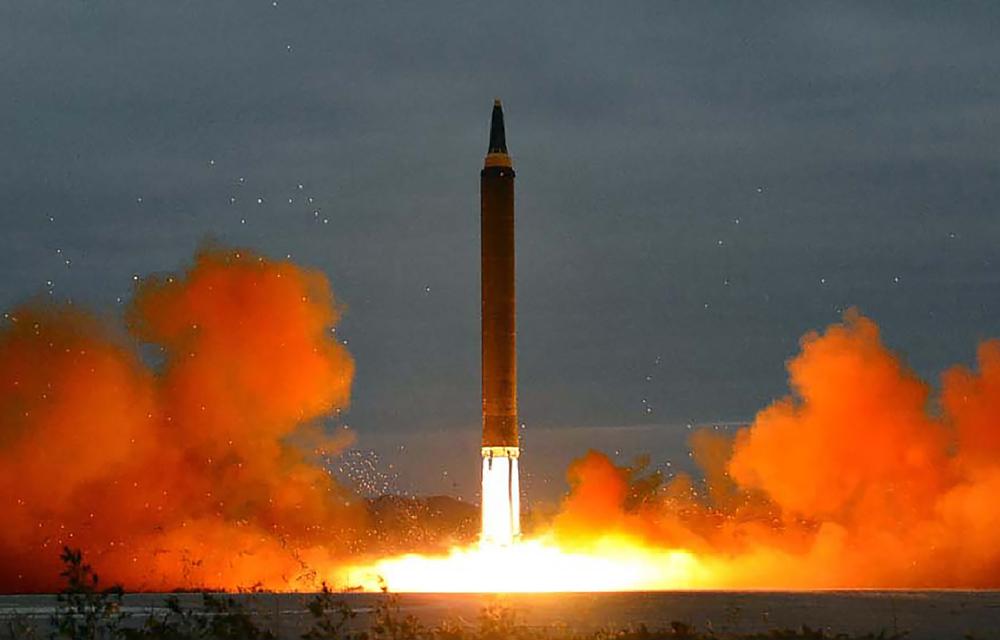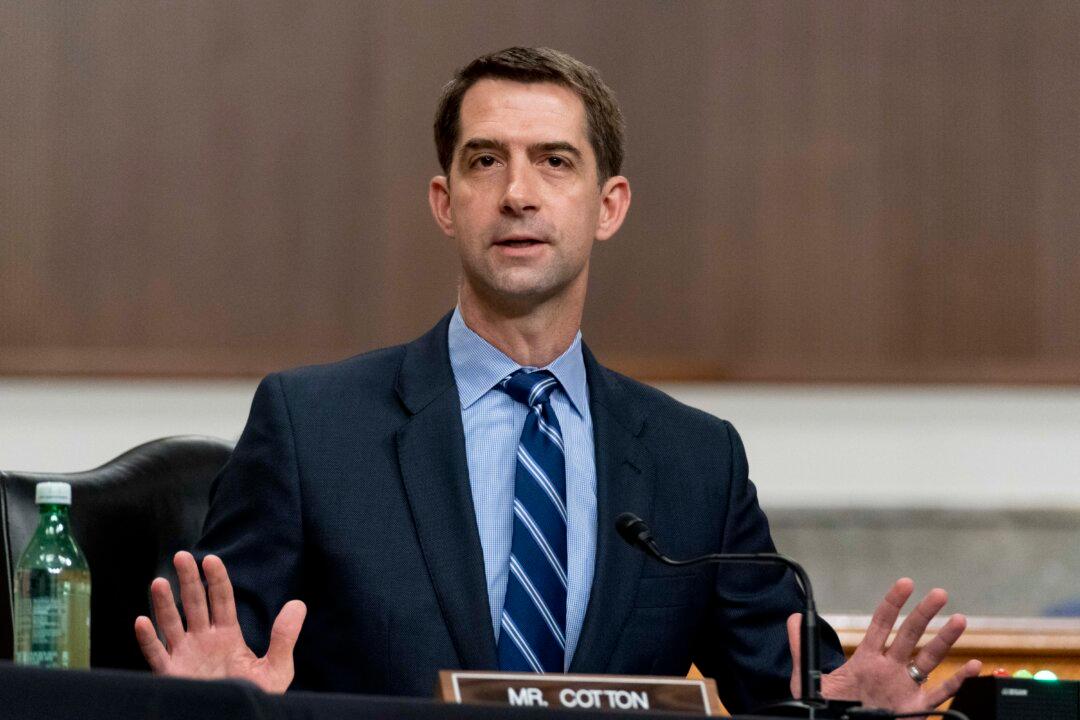Defense chiefs from the United States, South Korea, and Japan have agreed on a mechanism to share data on North Korea’s missile launches amid concerns over growing nuclear and missile threats from Pyongyang.
The agreement among the three countries was reached as U.S. Defense Secretary Lloyd Austin met his South Korean counterpart, Shin Won-sik, in Seoul, South Korea, on Nov. 12. Japanese Defense Minister Minoru Kihara joined the meeting online.




